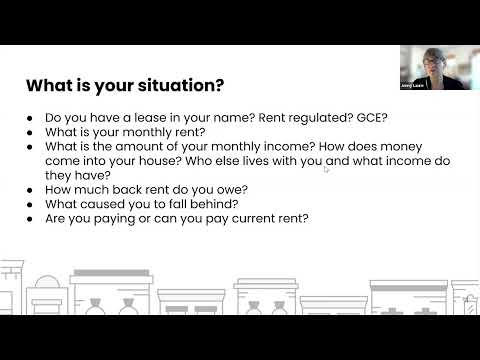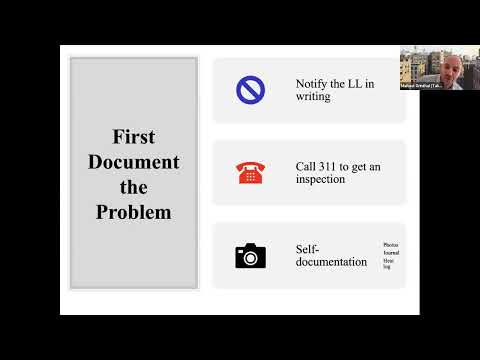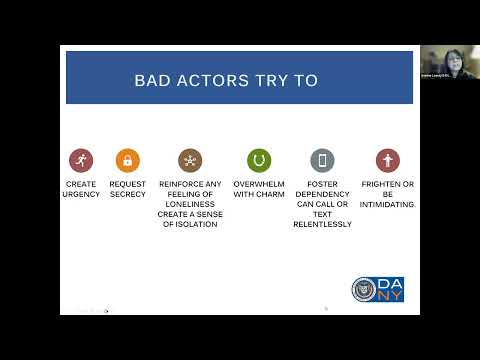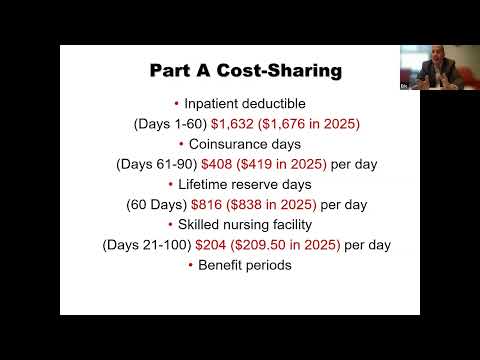
NYC Land Deal With UN Would Close Waterfront Gap, Mayor Says
By Henry Goldman and Katie Spencer
Oct. 5 (Bloomberg) -- New York City moved a step closer to completing an 18-year-old plan for a waterfront esplanade around Manhattan after the United Nations Development Corp. agreed to pay $73 million for land to build offices, Mayor Michael Bloomberg said.
The transaction would provide cash to fill a one-mile gap between East 38th and 60th Streets, allowing runners, bicyclists and walkers to use a waterside pathway from the Hudson River in Washington Heights south to the Battery, and then north along the East River past Wall Street to 125th Street. Currently cyclists and pedestrians have to leave the path and use First Avenue and other streets on that midtown stretch.
Under the memorandum of understanding, reached after months of negotiation, the United Nations Development Corp., a public- benefit corporation separate from the UN, would pay $73 million to a specially created entity, the Eastside Greenway and Park Fund. It would receive part of Robert Moses Playground, just south of UN headquarters, where the world body has sought land to build an office tower.
“Today’s agreement puts in place a critical missing link -- the last major gap in the Manhattan Greenway -- that will make the waterfront a resource for the whole city to enjoy,” Bloomberg said in a prepared statement.
Creating Jobs
Should the UN decide to go forward, Bloomberg said, it would expand an institution that’s already one of the city’s largest employers and create jobs. The Legislature and Governor Andrew Cuomo permitted the city to sell part of the one-acre playground in July.
If successful, the development entity, a party to the memorandum of understanding signed today, would lease space in the new building to the UN.
“The UN is appreciative of the efforts that would enable us to consolidate our offices that are currently spread out in more than half a dozen locations around the city,” said Martin Nesirky, a spokesman for UN Secretary-General Ban Ki-moon, in an interview.
“The UN is looking forward to an invitation to enter lease discussions,” Nesirky said. Any lease agreement would have to be approved by a majority vote of the UN General Assembly, he said.
Park Improvement
The city would also reap hundreds of millions of dollars for the esplanade from the sale of United Nations Plaza, two city-owned buildings where the UN rents offices at below-market rates, the mayor said.
The playground’s sale would pay to improve St. Vartan Park, about five blocks south of the UN, to compensate for the loss of part of the playground.
The East River Esplanade, a continuous bikeway and walking corridor with parks and playgrounds, extends from Wall Street north featuring low-energy-consuming lighting, recycled materials and low-maintenance planted landscaping.
It is a link in the 32-mile Manhattan Greenway, a project permitting cyclists to circumnavigate Manhattan, mostly along its waterfront, and part of a citywide initiative to develop and increase public access to the city’s 520 total miles of shoreline.
Increasing recreational use along the East River may boost property values by attracting more people to the area, according to Leanne Lachman, president of Lachman Associates, a New York- based real estate consulting firm.
Real Estate Values
“Being able to go all the way around the waterfront would just be fabulous,” said Lachman, an executive-in-residence at Columbia Business School. “It’ll really enhance not only values, but just the enjoyment of the neighborhood.”
The economic benefits of the UN’s presence, she said, stem from diplomats as tenants and consumers. They are “very important users of space, users of restaurants, everything,” she said. “And they’ll use the park along the river too.”
Some residents of the nearby Tudor City apartment complex have complained that the new building would block their views, said state Senator Liz Krueger, who supports the project. Since Tudor City has a limited number of windows facing the UN, the impact on views will be “minimal,” she said.
Krueger said supporters of the project have sent her office 4,000 letters, e-mails and calls compared with 200 in opposition. The esplanade will probably increase property values, she said.
“Looking at what’s happened on the West Side, with the expansion of Hudson River Park and the High Line and other improved access, I think that absolutely it’s been verified that those expanded parks have significantly added to the value of real estate,” she said.



